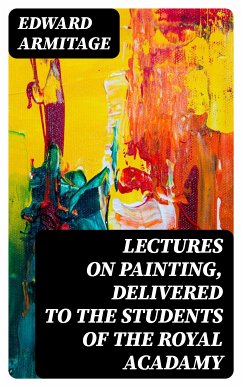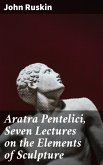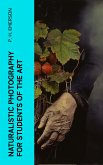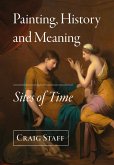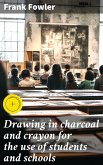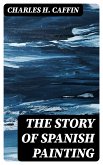In "Lectures on Painting, Delivered to the Students of the Royal Academy," Edward Armitage masterfully dissects the principles of painting and the evolution of artistic practices during the 19th century. His lectures blend eloquent prose with didactic purpose, drawing on classical traditions while engaging with contemporary developments in art. Armitage's perceptive analyses encompass technical considerations, aesthetic values, and the socio-political influences that shape the artist's role, contextualizing painting within a burgeoning industrial society. This scholarly work not only serves as an educational resource but also reflects the rich cultural discourse of his time. Edward Armitage, an accomplished painter and lecturer himself, was steeped in the artistic currents of his era, having been influenced by the Pre-Raphaelite movement and the broader Romantic tendencies in Victorian art. His commitment to educating the next generation of artists is palpable throughout the lectures. With a keen awareness of the challenges faced by contemporary artists, Armitage aimed to elevate their practice while asserting the enduring significance of a strong foundational understanding of art theory and technique. This book is highly recommended for students, teachers, and enthusiasts of art history. Armitage's insights not only illuminate the technical aspects of painting but also encourage critical reflection on the artist's societal role. Engaging with this text will enrich one's appreciation of both historical and modern art, fostering a deeper understanding of the complex dialogue between art and its enduring cultural significance.
Dieser Download kann aus rechtlichen Gründen nur mit Rechnungsadresse in A, B, BG, CY, CZ, D, DK, EW, E, FIN, F, GR, H, IRL, I, LT, L, LR, M, NL, PL, P, R, S, SLO, SK ausgeliefert werden.

